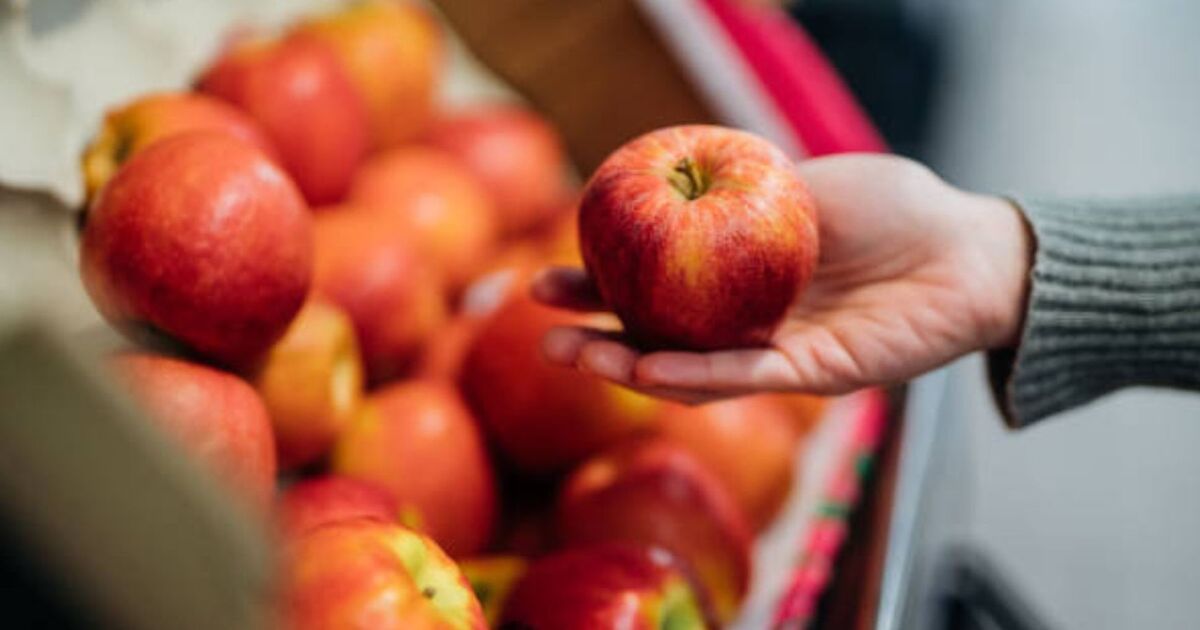A number of ‘healthy’ foods have a shocking amount of microplastics, according to studies.
Microplastics are extremely small pieces of plastic debris, less than 5mm long, that are found in the environment after the disposal and breakdown of consumer products and industrial waste.
They are dangerous because they contain harmful chemicals that leak into the air, water, and food. Microplastics have also been linked to cancer, DNA damage and other health issues.
Some foods contain more than others due to being more highly processed, stored in plastic, or coming from contaminated environments. Here are some, compiled by the Mail.
Despite being full of vitamin A, carrots also contain high levels of microplastics. Like most root vegetables, they are absorbed through water and soil. Those looking to keep up their intake of vitamin A while avoiding so many microplastics can swap out carrots for spinach or red, orange and yellow bell peppers.
Another food with high microplastic contamination is plant-based nuggets. Researchers found that the chicken alternative had 0.32 particles per gram due to being highly processed and packaged in plastic. An alternative with less microplastic would be making your own plant-based nuggets at home using tofu or seitan.
Apples contain more microplastic than any other fruit, with one study finding they have more than 100,000 particles per gram, absorbed through the tree’s roots. Fruits with anthocyanins are recommended, with the antioxidant reportedly protecting the body against some harmful effects of microplastics. Fruits with it include blueberries, cranberries, grapes and pomegranates.
One study showed that for every 100g of rice you eat, you are consuming four grams of microplastics. For instant rice, this goes up to 13g. This comes from the soil, machinery, processing and packaging. However, this can reportedly be reduced by between 20% and 40% when the rice is washed before cooking.
Bottled water is unsurprisingly very high in microplastics. A study found that, on average, a litre of bottled water contains 240,000 plastic particles, 90% of which are nanoplastics, small enough to get inside a human cell. These can be avoided by using a reusable metal or glass bottle.
Pink Himalayan sea salt is unrefined and so has high levels of microplastics due to the amount of microplastics in the ocean. Highly processed table salt is a less contaminated option.
Honey can be highly contaminated, not due to processing but due to the bees themselves, who pick up microplastics from their environment. This can be cut down by purchasing rural honey.

